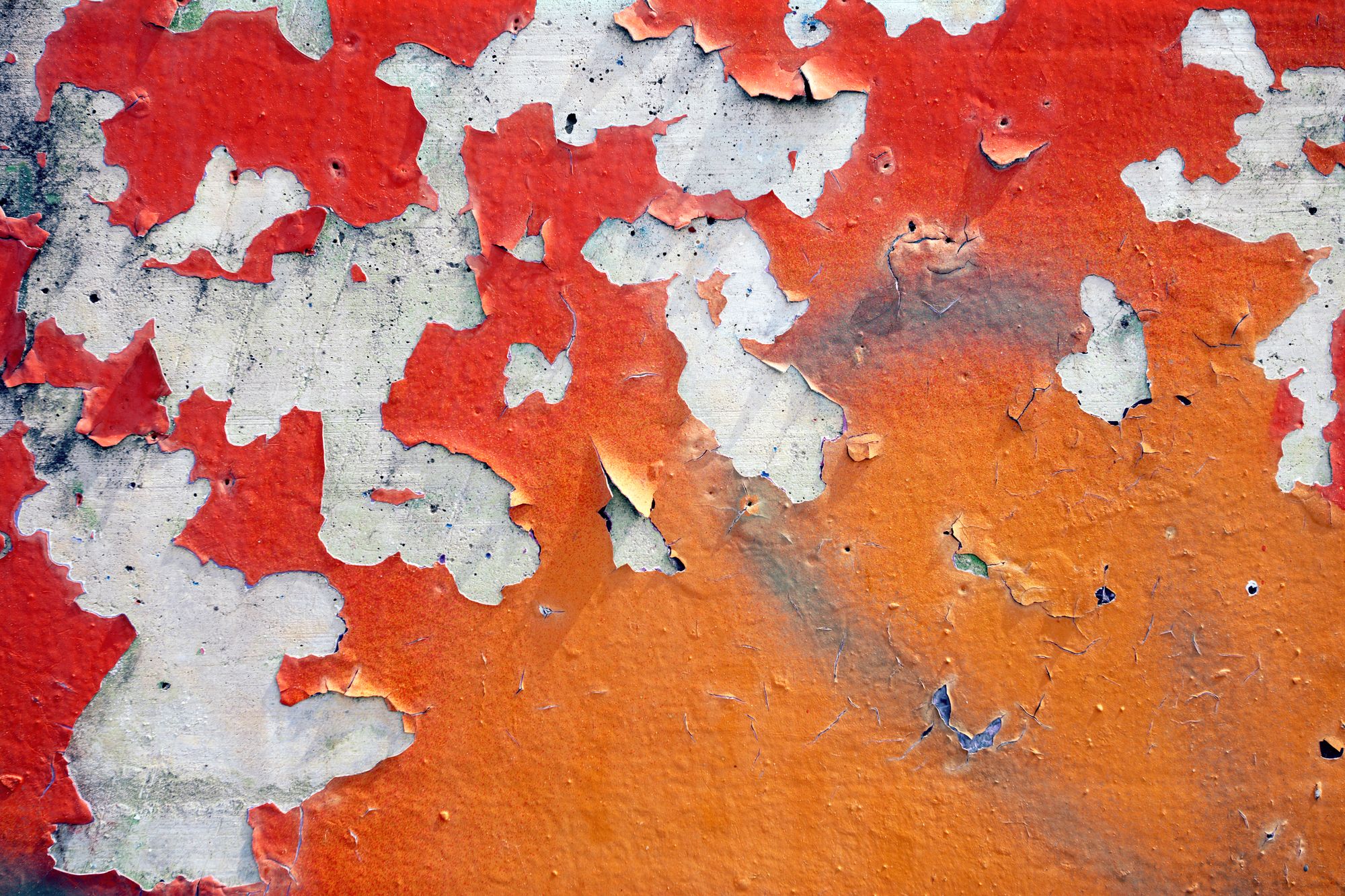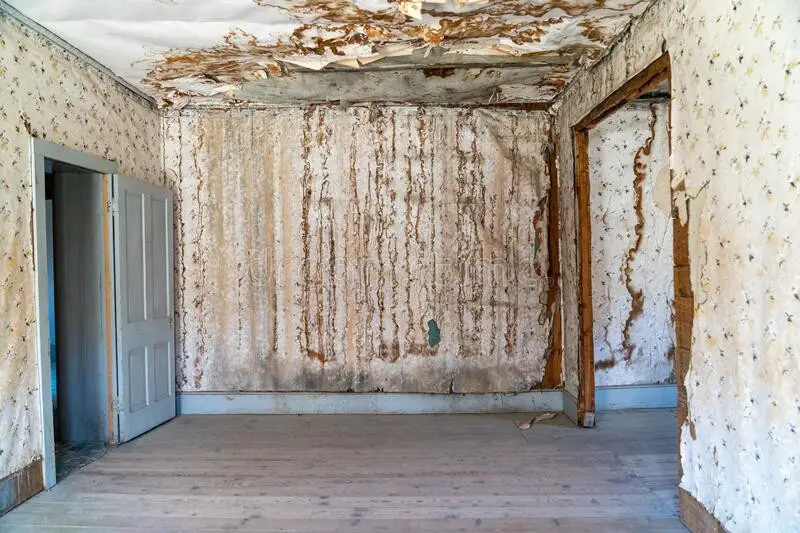Just how do you feel when it comes to How to Find and Repair Water Leaking in the Wall?

Water stains on wall surfaces are not positive to the eyes. Sometimes it appears nearly unavoidable to experience water stains on walls in residences.
Property owners living in damp areas regularly deal with the worry of water spots on walls. With exact as well as well-shaped info on the reasons of water spots and timely repair work processes, you will always be a step ahead of such incidents.
3 Usual Root Causes Of Water Discolorations on Wall Surfaces
Unlike common belief, water discolorations on wall surfaces do not constantly come from bad building materials. There are numerous reasons for water spots on wall surfaces. These include:
Poor Water drainage
This will certainly stop water from permeating into the wall surfaces. This web links to excessive wetness that you notice on the walls of your structure.
So, the leading root cause of wet walls, in this situation, can be a poor drainage system. It can likewise be due to inadequate administration of sewage pipelines that go through the building.
Moist
When hot wet air meets dry cool air, it causes water beads to form on the wall surfaces of buildings. This takes place in washrooms as well as kitchens when there is vapor from food preparation or showers. The water beads can stain the surrounding walls in these parts of your house and also infect other areas.
Moist or condensation impacts the roof and also wall surfaces of structures. This triggers them to appear darker than various other locations of the house. When the wall surface is wet, it develops an ideal atmosphere for the growth of fungis and germs. These may have adverse results on health and wellness, such as allergies and also breathing disorders.
Pipeline Leaks
Many houses have a network of water pipelines within the wall surfaces. It always increases the feasibility of such pipelines, as there is little oxygen within the walls.
A downside to this is that water leakage impacts the walls of the structure and also creates prevalent damage. A telltale sign of malfunctioning pipelines is the appearance of a water stain on the wall surface.
Water Discolorations on Wall: Repair Tips
When dealing with water stains, property owners would generally desire a fast solution. Yet, they would certainly soon realize this is detrimental as the water discolorations reoccur. Below are a couple of valuable pointers that will guide you in the repair service of water spots on wall surfaces:
Pro Pointer
A houseplant in your home likewise boosts its humidity. So, if your home is currently moist, you might intend to present houseplants with minimal transpiration. An example of appropriate houseplants is succulents.
Conclusion
Although no person intends to have water stains on walls in their residence, it can take place to the most effective people. This article offers you take advantage of, as you currently know just how to handle this incident if it does take place.
It is constantly best to recruit specialist solutions to help take care of the damages in your house.
Sometimes it appears practically inescapable to experience water stains on wall surfaces in houses.
In contrast to prominent belief, water discolorations on wall surfaces do not constantly stem from poor building products. There are a number of causes of water spots on walls. The water droplets can discolor the surrounding walls in these components of your home and spread to other areas.
Right here are a few practical ideas that will certainly lead you in the repair work of water discolorations on walls:
CHECKING FOR WATER DAMAGE
Water damage can be costly, and it may begin before you even notice the first signs of trouble. Water damage can cause mold and mildew in your walls and floors, which can create an abundance of health concerns for your family. It can also lead to costly repairs of various appliances and general home fixtures. To avoid the pricey consequences of water damage, here are Warner Service’s top 5 places you should check:
The walls – The easiest place to spot the beginnings of water damage is on the walls and ceilings of your home. If water damage is present, there will most likely be water stains, especially around the windows and doorframes, and/or cracks in the drywall. If a stain looks unusual (discolored to brown, black or gray, raised texture), has a swollen appearance or is soft to the touch, contact a professional immediately. The pipes – To avoid water damage, consistently check the pipes in your kitchen (especially the dishwasher and ice maker), bathrooms, laundry room (specifically washing machines) and basement for corrosion, leaks and water stains. Pay special attention to where the pipes connect in your home and the location of caulking around the bathroom fixtures, including toilets, sinks, showers and tubs. Missing or loose caulking and grout could be signs of leaking water. This seepage can also quickly cause mold and rust, so double check your water heater and tank for wet spots on the floor. The floor – Water damage is very easy to spot on the floor. Look for any warping or buckling of the material, especially in the basement. If your home has wood flooring, look for bright white or dark stains. If your home has carpeting, keep it dry and clean. A damp carpet that smells of mold could cause water damage and health problems. To avoid this, consider installing floor pans under your appliances to help prevent damages from small, slow and undetected leaks. The basement and attic – If your basement or attic smells odd check for mold and mildew around the area, especially the valley where the roof meets. While you are inspecting those areas, check for wall cracks, floor stains, rust and dampness in the insulation. If you live in a colder and/or rainier climate, perform routine checks for water damage from melting snow or ice and rain. The exterior – Check the roof for damaged flashing and missing, cracked or curled shingles. There should also be no standing water anywhere outside your home. This could be caused by puddles, leaky rain gutters or hoses, poor drainage, or short gutter spouts. Invest in a sump pump system or water flow monitoring system, and perform routine maintenance on these outdoor appliances to avoid indoor water damage.

I'm certainly very fascinated with How to Remove Water Stains from Walls and Ceilings and I'm hoping you appreciated my article. Are you aware of another individual who is excited by Water Stains on Walls? Do not hesitate to share it. Many thanks for taking the time to read it.
Your solution? Just a ring.